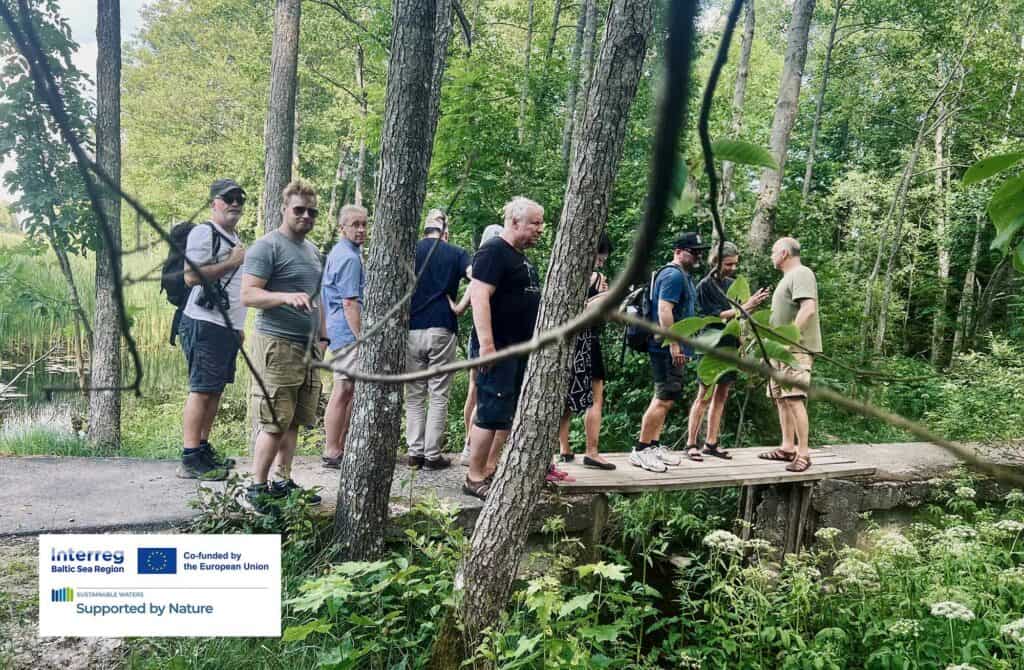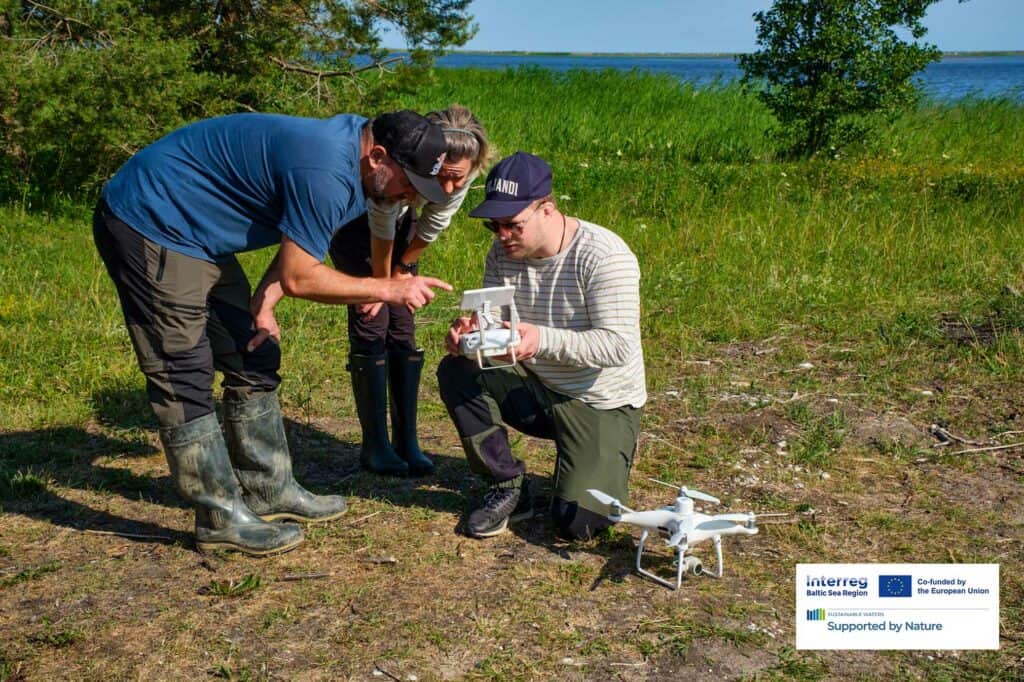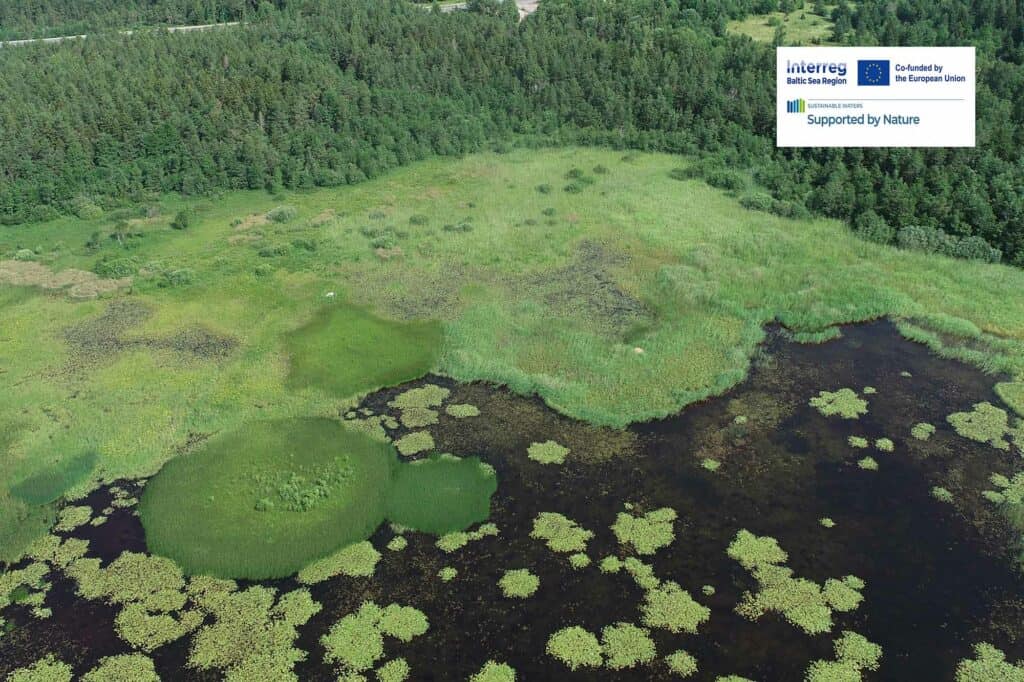
Fieldwork on Hiiumaa Island: Exploring Areas for Learning Sites
17 September 2024
Introduction
At the end of June 2024, the Estonian University of Life Sciences conducted fieldwork on Hiiumaa Island for the “Supported by Nature” project. Hiiumaa Island, Estonia’s second-largest island, is known for its diverse landscapes, including wetlands, forests, and coastal areas, rich in natural and cultural heritage. The aim was to perform an initial exploration of two areas designated for the creation of new learning sites. The first area is located in Kõrgessaare, where wetlands include streams, coastal lagoons, and coastal grasslands. The second area centers around the streams and ditches feeding the river that flows through Kärdla town.
Fieldwork and Participants
Eleven researchers from the Chair of Environmental Protection and Landscape Management at the Estonian University of Life Sciences participated in the two-day fieldwork on Hiiumaa Island. Their primary objective was to explore and deepen their understanding of the environmental conditions at these potential learning sites while discussing further research required to meet the goals of the “Supported by Nature” project.

Photo: Researchers exploring the environmental conditions near Kõrgessaare, by Siiri Külm.
Use of Drones for Aerial Analysis
During this fieldwork, drones were deployed to capture aerial photos and videos of the water bodies and surrounding landscapes around the future learning sites. These visuals provided crucial insights into the landscape’s characteristics and elements, aiding in defining the boundaries of the learning sites.

Photo: First flight with drone DJI Phantom 4 RTK, by Toomas Kokovkin.
Establishing New Learning Sites
As part of the project, two new learning sites will be established in Estonia, focusing on ecological features and enhancing awareness through education. These sites will be situated in the small river basins on the island of Hiiumaa, specifically in the Kärdla and Kõrgessaare areas. Each site will showcase unique nature-based solutions aimed at improving water quality and biodiversity.

Photo: Drone areal photo of Kõrgessaare, by Kaupo Kokamägi.
Project Goals
The project aims to implement water management efforts to restore favorable conditions for protected species like the European mink and salmon. Additionally, it seeks to reduce flooding in Kärdla and improve water regimes in the Kõrgessaare wetlands. Beyond ecological goals, these learning sites will play a key role in environmental education, serving as valuable resources for schools, universities, and nature tourism.





